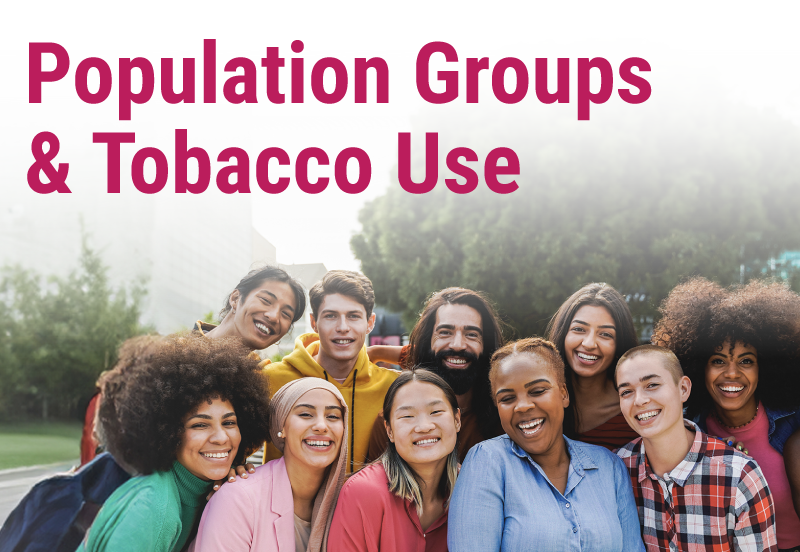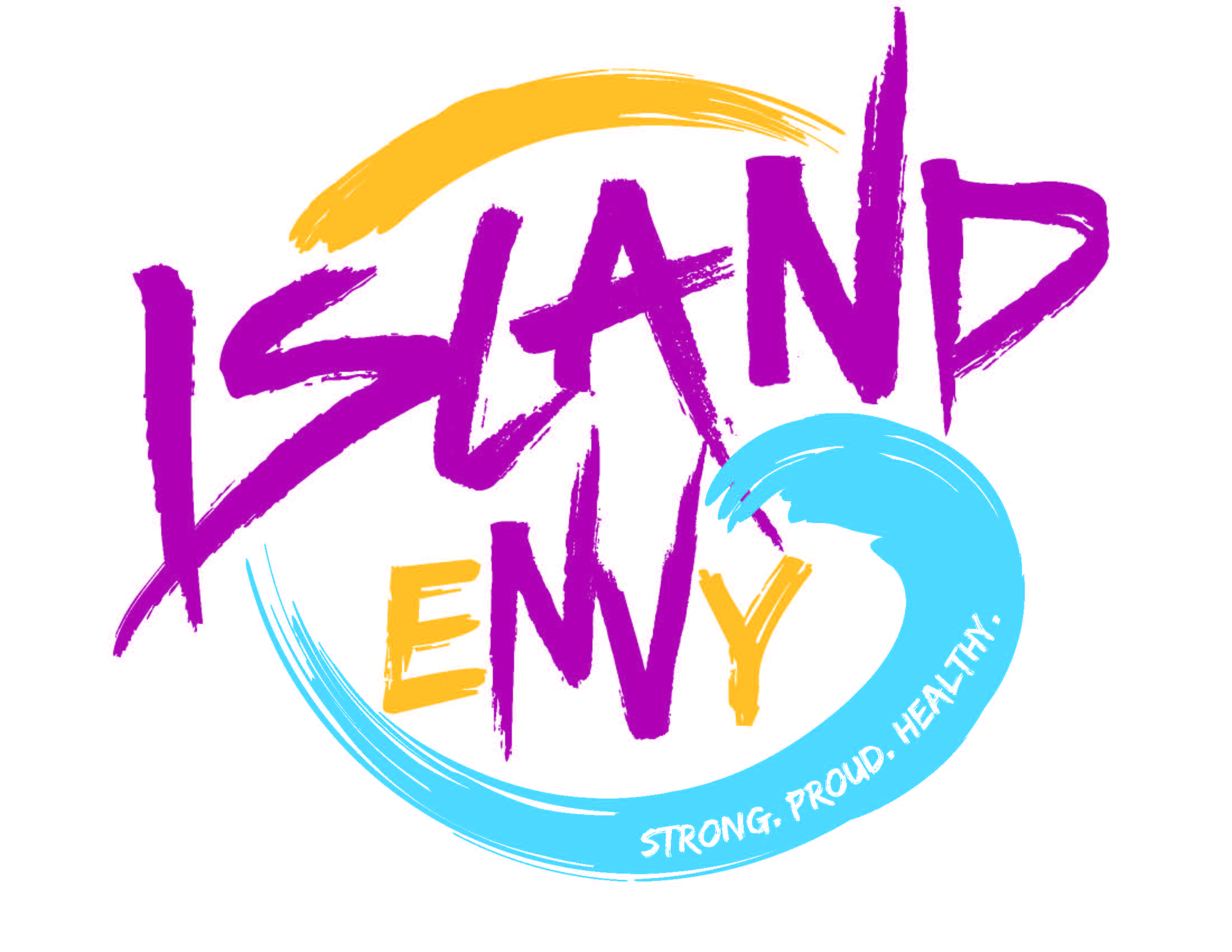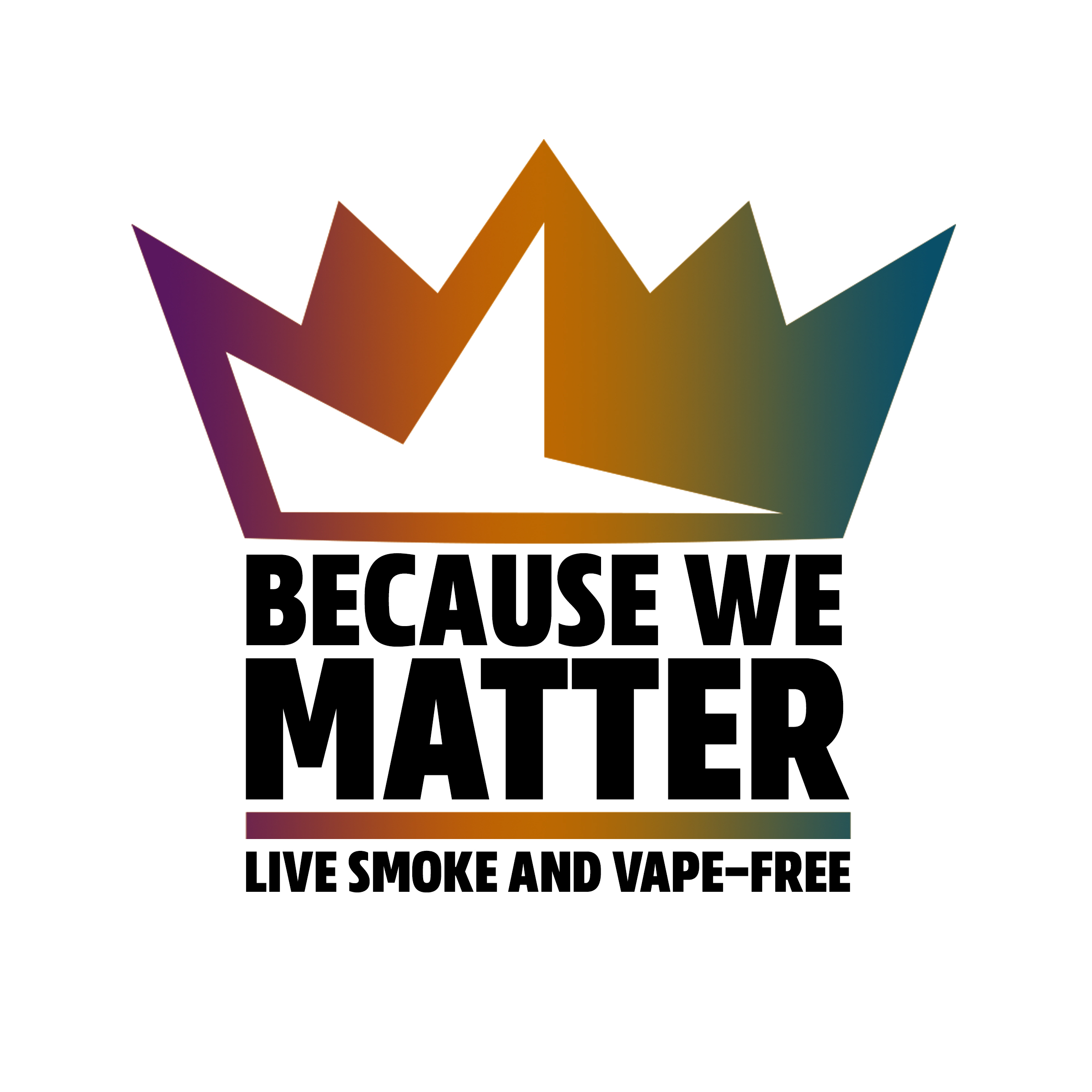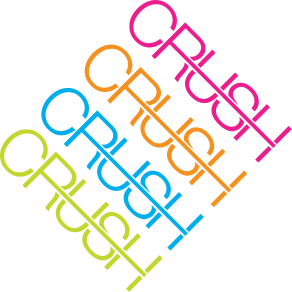

In 2022, the Hispanic/Latino population comprised 29.6% of the population in Nevada, representing the largest minority group in the state. Nonetheless, significant differences in disease prevalence, access to care, and health outcomes exist for Hispanic/Latino communities. According to the 2023 Nevada Adult Tobacco Survey, 17.8% of Hispanic adults smoke tobacco, and 14% use e-cigarettes. According to the 2021 National Health Interview Survey (NHIS) of adults ages 18 and over, 12.4% of Hispanic adults in the United States used tobacco products, and 7.7% were current smokers.
In a 2024 report by the U.S. Centers for Disease Control and Prevention, smoking disparities among Hispanic subgroups were noted based on country of birth. Puerto Rican people are more likely to smoke than Mexican and Dominican people in the U.S. Furthermore, due to the adoption of behaviors such as smoking, Hispanic Americans born in the U.S. face higher cancer risk compared to those who are foreign-born.
The Nevada High School Youth Risk Behavioral Survey reports that in 2023, 13.6% of Hispanic/Latino high school students used electronic vaping products and 8.3% tried vaping products for the first time before the age of 13. E-cigarettes are the most used tobacco product among Hispanic/Latinx students.
Research shows that Hispanic people who smoke express high motivation to quit by the health effects that smoking can have on their children and family. For free help quitting, smoking or vaping call 1-800-QUIT-NOW (1-800-784-8669). Assistance in Spanish is available through the Spanish Tobacco Quitline by calling 1-855-DEJELO -YA (1-855-335-3569). For you, for me, for all of us, live healthy!
To learn more about the Latinx tobacco cessation initiative visit: www.pormiporti.org
Resources:
CDC Tobacco- Health Equity https://www.cdc.gov/tobacco-health-equity/collection/hispanic-latino-quitting-tobacco.html
Truth Initiative – Targeted Communities https://truthinitiative.org/research-resources/targeted-communities/tobacco-use-hispaniclatino-american-community
Nevada Tobacco Quitline: https://www.nevadatobaccoquitline.com/es-es/

Did you know that in comparison to other ethnic groups Hawaiian/ Pacific Islanders have one of the highest smoking rates compared to others.
Sad but true, lung cancer is the leading cause of cancer death among Asian Americans/ Native Hawaiian’s and Pacific Islanders. In fact, Hawaiian men and women have the highest rates of lung cancer deaths in comparison to other ethnic groups.
And it’s not just cigarettes. Nationally, the current use of e-cigarettes/ Vapes was highest among native Hawaiian/Pacific Islanders at 18%. In Nevada that rate was 30.7%. It isn’t just adults, according to the National Youth Tobacco Surveys 32.5 % of Hawaiian/ Pacific Islander high school students reported current tobacco use compared with 23% of white high school students surveyed, 15.8% of blacks, 19.6% of Hispanic high school students and 7.4% of Asians.
Furthermore, during 2014–2017, ever-use of any tobacco product among U.S. middle and high school students was as follows: Native Hawaiians/ Pacific Islanders (45.1%), Native American and Alaskan Natives (43.8%), multiracial persons (38.2%), Hispanics (35.1%), blacks (32.3%), whites (32.0%), and Asians (16.3%). Current use of any tobacco product was as follows: Native Hawaiians/ Pacific Islanders (23.4%), Native American and Alaskan Natives (20.6%), multiracial persons (16.5%), whites (15.3%), Hispanics (14.6%), blacks (11.5%), and Asians (5.0%).
To learn more about Native Hawaiian/ Pacific Islanders tobacco use visit:
Centers For Disease Control and Prevention
808 No Vape
Morbidity and Mortality Weekly Report Article

The 2023 Nevada Statewide Adult Tobacco Survey reports that 18.2% of African American adults in Nevada smoke cigarettes. Nationally, around 11.7% of African American adults in the U.S. are smokers, and nearly 45,000 die each year from smoking-related illnesses, according to the Campaign for Tobacco-Free Kids. Although African Americans smoke less than other populations, they have higher mortality rates from tobacco-related diseases. This issue also affects youth. According to the 2021 Nevada Youth Risk Behavior Survey, among African American high school students in Nevada:
African Americans are heavily targeted by tobacco marketing, which makes smoking seem more attractive and significantly influences decisions about tobacco use. This targeting increases the likelihood of both trying smoking for the first time and becoming a regular user. African American neighborhoods often have more stores selling tobacco products. Tobacco companies also use discounts, multi-pack coupons, and actively promote their products at events and activities primarily attended by African Americans.
The tobacco industry aggressively targets African American communities with menthol product advertising. Between 70% and 85% of Black smokers use menthol cigarettes, which are often the first type they try. Menthol makes smoking easier to start and harder to quit, leading to higher addiction rates and increased health risks. Menthol-flavored vape liquids can also conceal harmful aerosols and preserve nicotine, posing risks similar to those of cigarettes. Youth who use menthol and other flavored tobacco products, including vapes, are more likely to develop chronic smoking habits, nicotine addiction, and experience harm to their developing brains.
While menthol smokers attempt to quit more often, they face greater challenges, potentially due to stronger nicotine effects and societal barriers encountered by Black communities. Despite these challenges, most smokers want to quit, with more than half attempts each year. Among Black adults who smoke, about 73% want to quit, highlighting the need for targeted anti-smoking campaigns and support, and banning menthol in all tobacco and vape products.
Black Lives / Black Lungs is a compelling short film that investigates the tobacco industry’s successful infiltration into the Black community. Created by filmmaker and progressive communications strategist Lincoln Mondy, the film sheds light on how the tobacco industry has targeted African Americans with menthol tobacco products. Watch the full 15-minute short film below.
It’s time to reject tobacco and menthol’s grip on the Black community. For free help quitting smoking and vaping, call 1-800-QUIT-NOW or text QUITNOW to 333888.
To learn more visit www.becausewematterlv.org
Resource: Tobacco Use Among African Americans
Nevada Statewide Adult Tobacco Survey 2023
African American Health Burden From Commercial Tobacco

Recent data shows that e-cigarettes are the most used tobacco product among teens. According to the 2023 Nevada Youth Risk Behavior Survey (YRBS), more than 1 in 3 (34%) of high school students and nearly 1 in 5 (18%) middle school students in Clark County have tried e-cigarettes.
BreakDown is the Southern Nevada Health District’s teen movement whose goal is to educate and prevent teens from vaping. BreakDown uses trusted and tested influential teens to share the facts and truths about vaping. We dispel the myths about vaping using tactics that will change the social norms and acceptance around vaping. BreakDown’s youth-led street teams participate in school outreach and teen-focused community events, and use social media to spread awareness while also sharing tobacco cessation and prevention resources.
To learn more, visit www.BreakDownRiseUp.org

In 2006, the Southern Nevada Health District developed a tobacco prevention program called CRUSH for the Lesbian, Gay, Bisexual, and Transgender (LGBT) community. This innovative program was developed after the 2005 Clark County Adult Tobacco Survey revealed an alarmingly high smoking rate among LGBT community members. The LGBT community continues to have disproportionately high smoking rates compared to other groups.
The CRUSH campaign’s numerous outreach strategies include hosting smoke-free LGBT activities, sponsoring community events, and advertising in local LGBT media.
To learn more, visit www.socrush.com or call (702) 759-1265.